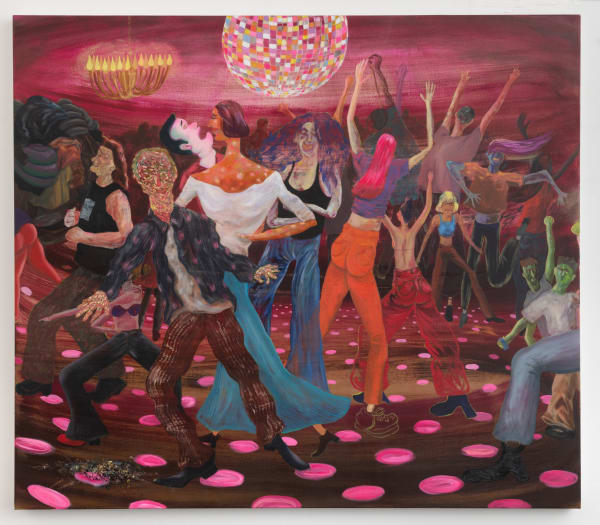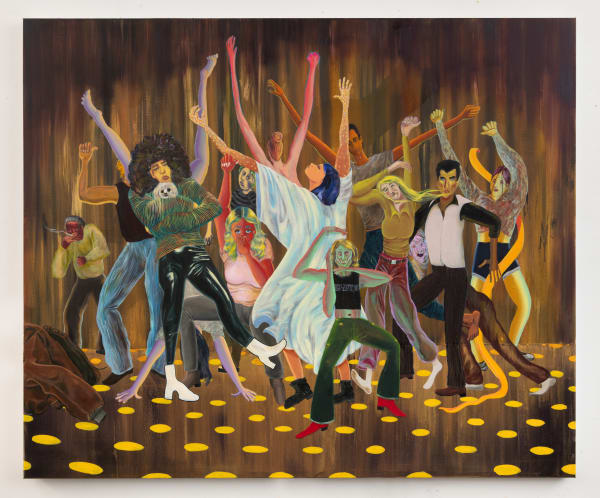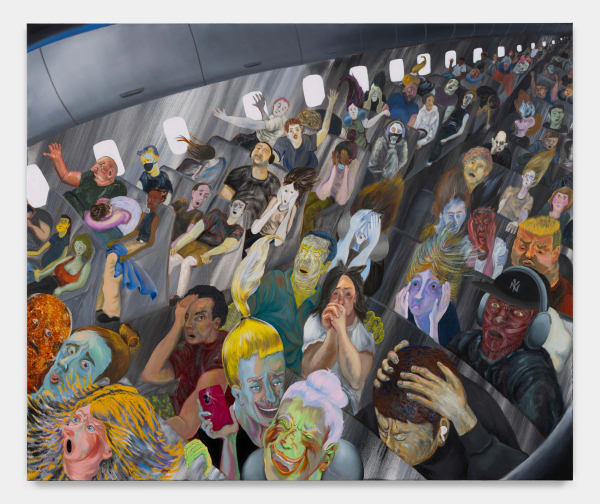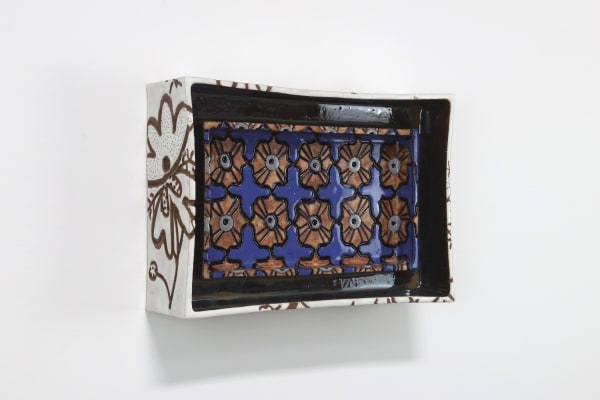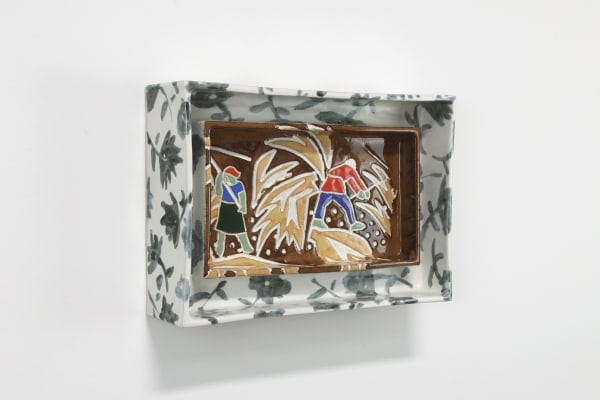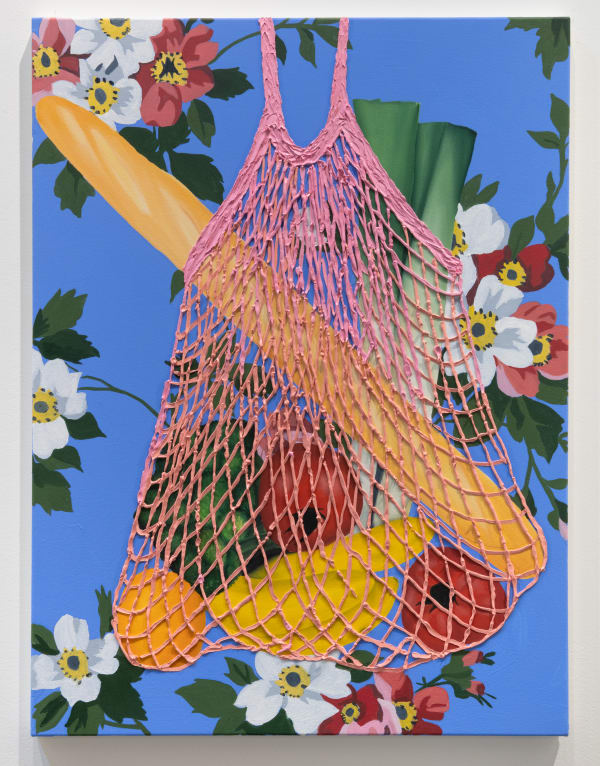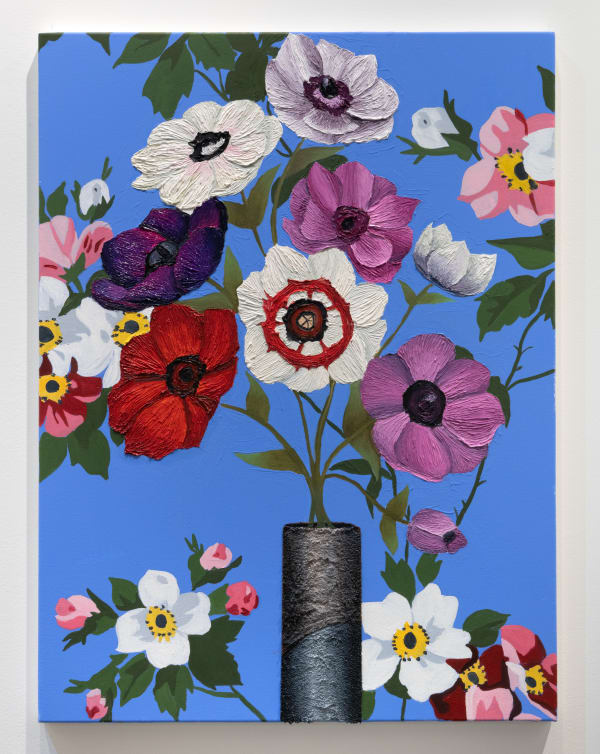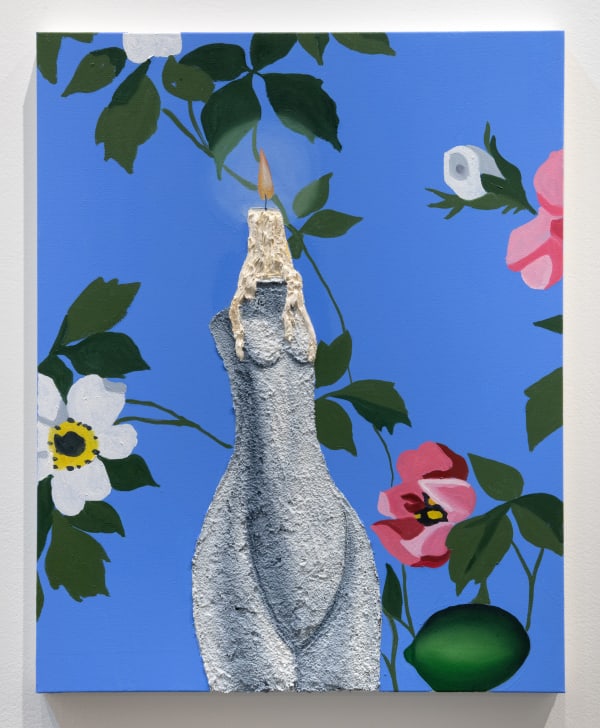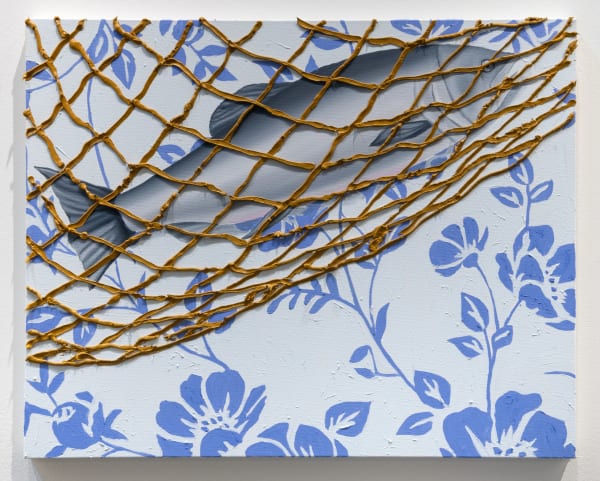This year at NADA Miami, Charles Moffett is pleased to present a series of new paintings by New York-based artist Maggie Ellis. This fair presentation precedes a momentous year for Ellis — on December 8, she will have a solo exhibition open at Friends Indeed in San Francisco; next May, the SCAD Museum of Art in Savannah, GA will open the artist’s first institutional solo exhibition; and next fall, Charles Moffett will present a solo show of new paintings at its gallery in Tribeca.
An unflinching observationalist, Ellis’ subject matter oscillates between the pleasant and innocuous to the voyeuristic and disconcerting. She commands her stylistic repertoire and painting technique to suit each composition, ranging from photorealistic precision to frenetic, Goya-esque strokes around some of her more ambitious depictions.
While Ellis’ last solo exhibition Strange Strangers zeroed in on the uncanny sense of urban isolation and stillness that characterized the artist’s pandemic experience of New York, her new series of paintings revels in the euphoria verging on mania that has defined her city’s renewed embrace of the crowd. Referencing 16th century Northern European painters such as Pieter Bruegel the Elder and Hieronymus Bosch, she creates people-filled compositions that contain all of the humor and horror of her art historical predecessors.
The stages for Ellis’ masses range from turbulent planes and neon-lit dance clubs to late night karaoke bars and impromptu park parties. These crowded spaces allow Ellis to fully flex her formal and conceptual might. She creates a sense of high speed and energy through the use of line, psychedelic color, and light, which function together to draw the viewer into the collective manic mood. Referencing drawings made from memory and quoting a variety of painting techniques, she paints each figure uniquely; depicting some in visceral detail and others with a simple stroke.
In painting these masses of people, she considers the inner psychological state of individual figures, while also investigating the tangled, dramatic web of interpersonal dynamics: who’s touching whom, what are they looking at, who are they ignoring. While grounded in elements of the familiar and earthly — a Yankees hat, the all-too-familiar face mask, the flash of an iPhone, the sparkle of a disco ball — the paintings embody a lawless world of their own, one with no unified light source or line of perspective, a space where anything goes.

